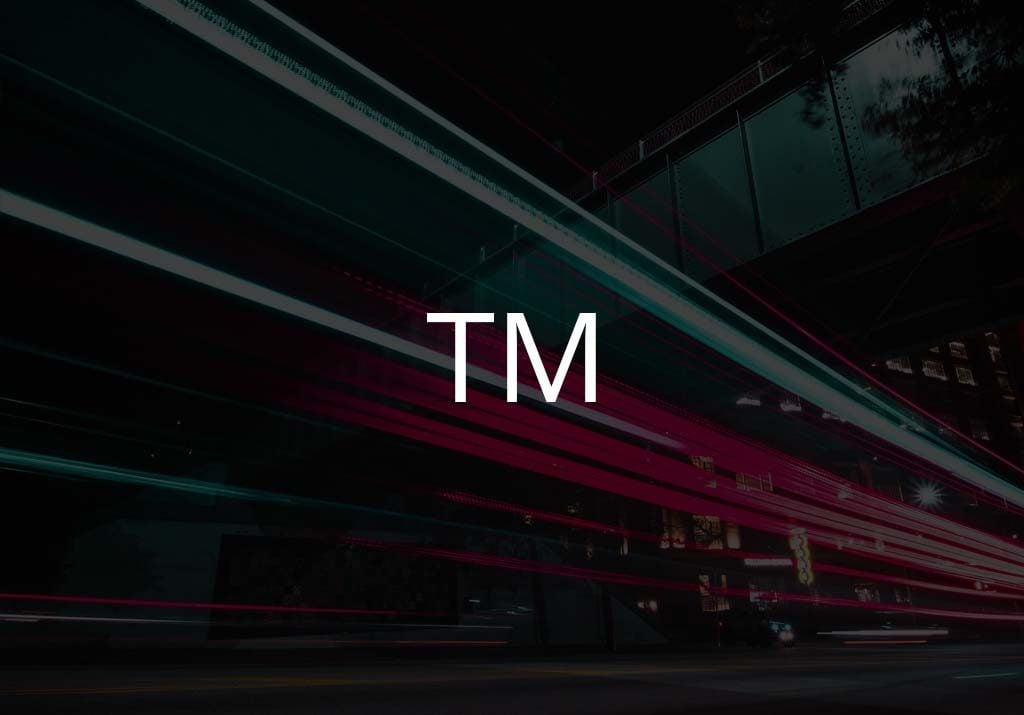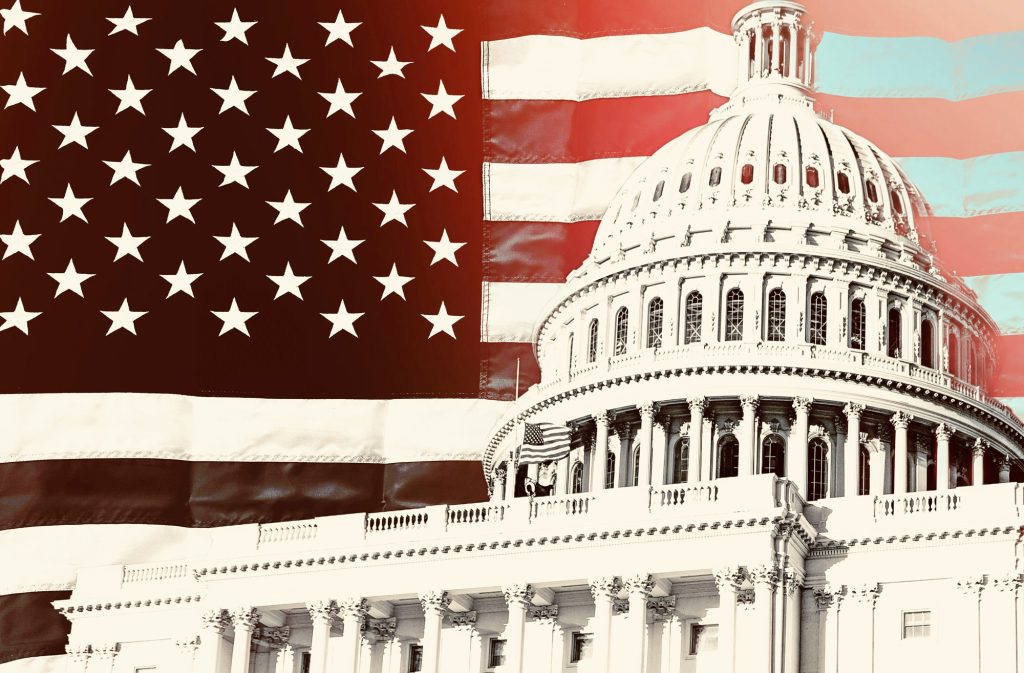When new trademarks are published by the United States Patent and Trademark Office (USPTO), there is a grace period during which any party with the proper standing can oppose the registration of a new mark. Qualifying parties must file a notice of opposition with the Trademark Trial and Appeal Board (TTAB), which is the judicial body that decides certain legal disputes relating to trademarks, including application, opposition, cancellation, interference and concurrent use.
Who Has Standing to File a Notice of Opposition with the TTAB?
As detailed in 37 CFR 2.101, there is a standing requirement to file a notice of opposition with the TTAB. The procedural rules require the opposing party to believe that it will suffer damage upon registration of a mark. That opposing party must establish reasonable grounds to justify the belief of potential harm of the damaging mark. It is important to note that standing in this context centers on belief. The opposing party does not have to verify that belief beforehand. So long as an opposing party reasonably believes it will suffer damage, that is enough to file a notice of opposition with the TTAB.
What is the Statute of Limitations for Filing a Notice of Opposition with the TTAB?
The statute of limitations for filing a notice of opposition with the TTAB begins to run upon publication of the damaging mark. At that point, any potential opposing parties have 30 days to file a notice of opposition and submit the required fee.
In certain circumstances, 37 CFR 2.102 allows an opposing party to request an extension of time for filing an opposition. Upon the first request, the TTAB will typically grant a 30-day extension to any party. To secure a 90-day extension upon the first request, the opposing party must demonstrate good cause. Additionally, the opposing party must designate the damaging mark with reasonable certainty in a request for extension of time.
What Happens After Filing of a Notice of Opposition with the TTAB?
Upon receipt of a notice of opposition, the TTAB ensures that the filing is complete, within appropriate deadlines and accompanied by the required fee. Assuming the filing meets all requirements, the TTAB will prepare a notice of institution, as described in 37 CFR 2.105. In that notice, the TTAB will outline several key details concerning the opposition proceeding, including identities of the applicant and opposition, the applicant’s potentially damaging mark, and a statute of limitations for an answer. The TTAB will post this notice to the standard online database of trademark records.
At that point, the applicant will have 30 days to file an answer with the TTAB. The applicant must respond to all allegations and arguments stated in the notice of opposition. The answer should also contain any applicable defenses, counterclaims, and affirmative defenses.
Do You Need Legal Help from an Experienced Trademark Attorney?
The Rapacke Law Group has demonstrated experience in the arena of trademark law, including trademark opposition proceedings. If you are worried about someone else’s registration of a trademark that is strikingly similar to your own mark, we can help you file a trademark opposition. Contact us today to schedule a free initial consultation.




